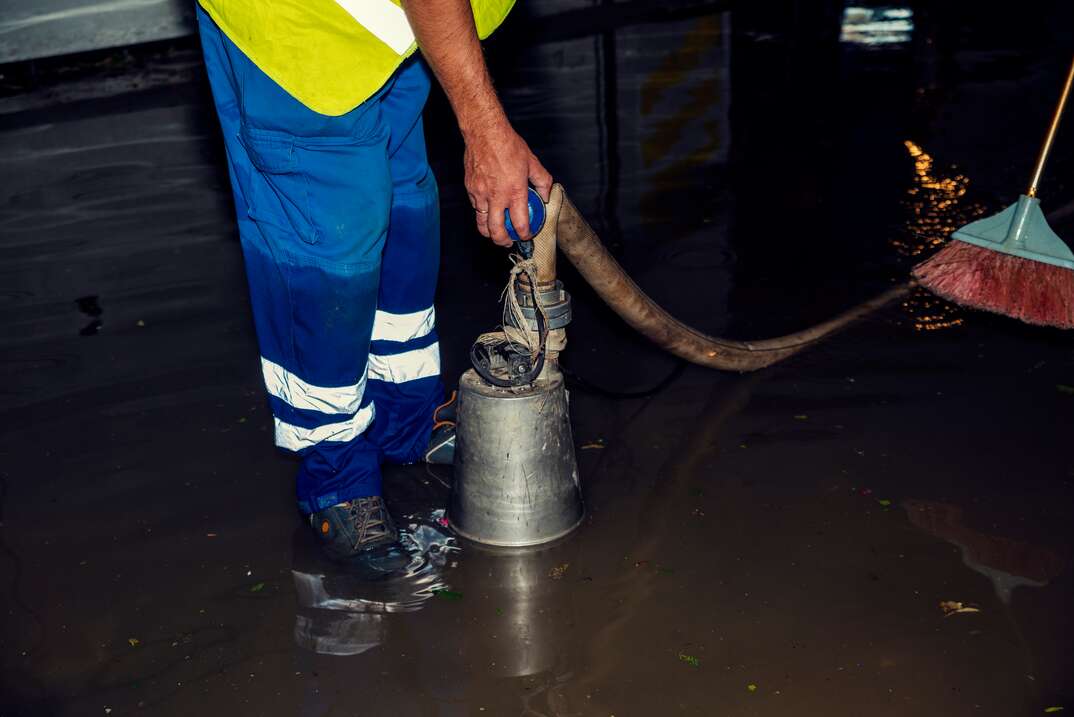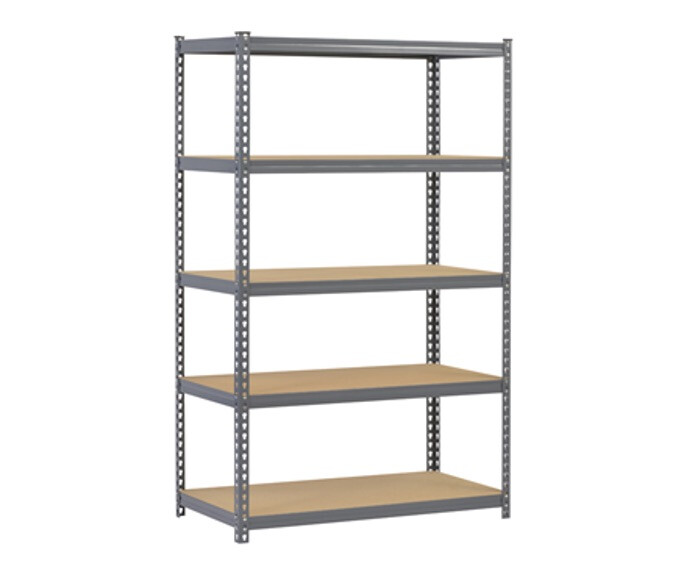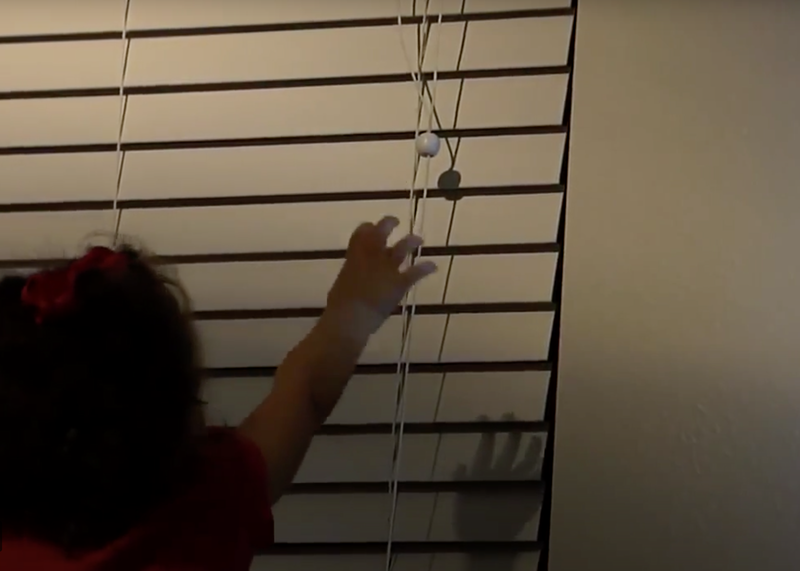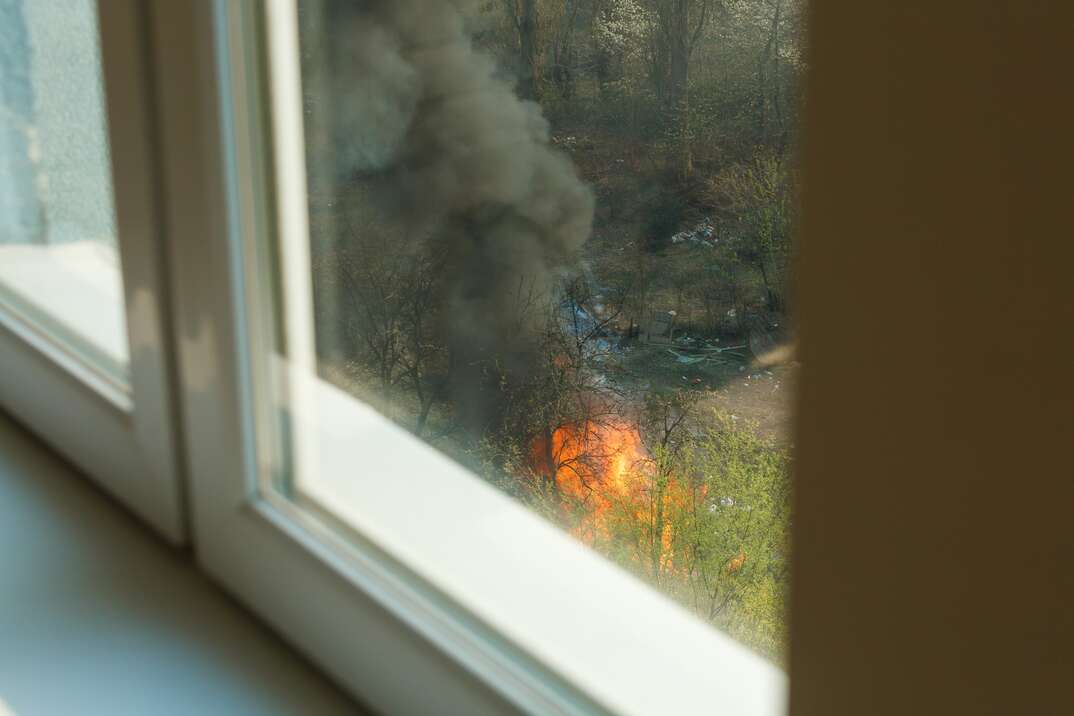My Basement Flooded ... Now What? Steps to Take in the Immediate Aftermath of a Flood

Flood Response at a Glance
- Practice flood safety
- Retrieve valuables
- Identify water source
- Dry out basement
- Salvage or replace furniture and floor
- Prevent mold growth
- Prevent future flooding
A flooded basement can be an overwhelming mess. It’s not just the standing water you have to worry about, but everything it has touched. Mold and mildew are some of the most common problems that arise after a flood. Knowing what to do in the aftermath of a flood can help you avert total disaster and regain control.
This May Also Interest You: No Water in the Basement! Here’s How to Protect Your Home From Severe Flooding
You can mitigate the damage to your home and belongings with the proper flood response. Properly handling floodwater and knowing when to get professional help can keep you and your family safe. Here’s what to do.
Consider Flood Safety First
Flooding poses several hazards:
- Getting trapped by rising water or floating debris
- Electrocution risk if water is in contact with electrical sources
- Sewage or chemicals contaminating the water
Before trying to handle flooding yourself, make sure you're able to stay safe. Don't enter a flooded room if you might become trapped.
Cut off power to your entire home before entering standing water. Sometimes, you can turn off the electricity through the main circuit breaker. However, some homes have the breaker box in the basement, leaving it inaccessible during a flood. Call your electric company or a licensed electrician if you aren't sure how to safely shut off the power to your home.
Water from storms and sewer backups can be contaminated with dangerous materials and human waste. Sewer backups can be especially hazardous and difficult to clean up, so consider calling a professional for help.
Retrieve Documents and Valuables
Get your important documents and valuables out of the flooded rooms as quickly as possible, as long as you can do so safely. Consider storing documents or sensitive items on a higher floor, off the ground or in sealed plastic containers to limit the damage in the event of a flood.
Identify the Source of the Water
There are several possible causes of a basement flood:
- Burst or leaking pipes
- Malfunctioning water heaters or washing machines
- Sewer backups
- Cracks in the home's foundation or windows
- Improper drainage around the home
- Storms and natural disasters
- Broken sump pumps
Identify the water source as soon as possible because, in some cases, you may be able to prevent further flooding. For example, if flooding is due to a broken pipe, you can shut off the water to the house.
Try to get a broken sump pump fixed or replaced since they help remove water from under your home. Flooding due to drainage issues and inclement weather can be more challenging to stop. However, taking steps right away to correct the situation will allow for a more efficient cleanup and prevent additional damage.
Dry Out the Basement
Once the flow of water is under control, begin drying out the basement:
- Remove standing water with a pump or a shop vac.
- Put down towels or use a mop to soak up the remaining water.
- Use fans and a dehumidifier for lingering moisture.
Getting your basement dried out quickly will help prevent mold and ongoing water damage.
How Long Does a House Take to Dry Out After a Flood?
A house may take anywhere from several hours to a few weeks to dry out. Factors that impact drying time include:
- Water depth
- Length of time before flood cleanup began
- Types of materials soaked
You can speed up the drying process by using a dehumidifier and removing wet furnishings.
How Long Should I Run a Dehumidifier After a Flood?
You should run a dehumidifier until the surfaces in your home are completely dry. Although this can seem like a long time, it reduces the likelihood that mold will grow in the home.
More Related Articles:
- How Much Do Flood Damage Repairs Cost?
- How to Install a Sump Pump: A Step-by-Step Guide
- Sump Pumps: Everything You Need to Know
- How Much Does It Cost to Waterproof a Basement?
- How Much Does a Basement Remodel of Renovation Cost?
Replace Ruined Flooring and Furnishings
You can keep furniture that can be thoroughly dried and cleaned — like some wood or metal pieces — but you may need to discard soft items, such as couches and mattresses. If a sewer backup or contaminated water caused the flooding, you might need to replace most items.
Dealing With Wet Flooring
The extent of the water damage and type of flooring will determine whether you need to replace the floors. Hard floors such as linoleum and tile can sometimes be dried off and disinfected. However, you may have to replace carpets, which can be hard to dry. Dampness under hard flooring or in your carpet can cause mold growth.
What Appliances Can Be Saved After a Flood?
Luckily, many appliances can be saved after a flood, especially if the water was no more than a few inches deep. Dishwashers, ovens and stoves are often salvageable, although you may need to replace wet controls, motors and electrical contacts. Water heaters may be salvageable if they’re not contaminated with floodwater.
Freezers and refrigerators are often okay after a small flood. However, the North Carolina Disaster Information Center says you’ll have to replace these appliances if the insulation is wet.
What to Do After a Flood to Prevent Mold Growth
Mold can damage your home and create a foul smell. In some cases, toxic varieties of mold can make your family sick.
Drying your home out as soon as possible can reduce mold problems because moisture encourages mold growth. You should also wash all surfaces and scrub walls and hard floors with a cleaning solution to kill mold. The Washington Post recommends a mixture of one cup of chlorine bleach per gallon of water.
Unfortunately, you may not be able to disinfect soft furniture and carpet, so these items may have to be replaced. You may also need to replace soaked drywall and insulation.
Prevent Future Flooding
There are steps you can take to protect your basement from flooding:
- Maintain sump pumps, appliances, windows and pipes.
- Fix cracks in your foundation.
- Ensure appropriate drainage around the outside of the house.
Floods are not always predictable or preventable, but you can feel more in control if you keep these steps in mind. Remember to get help from a professional if the water is deep, is contaminated or you feel you can't safely clean it up yourself.


